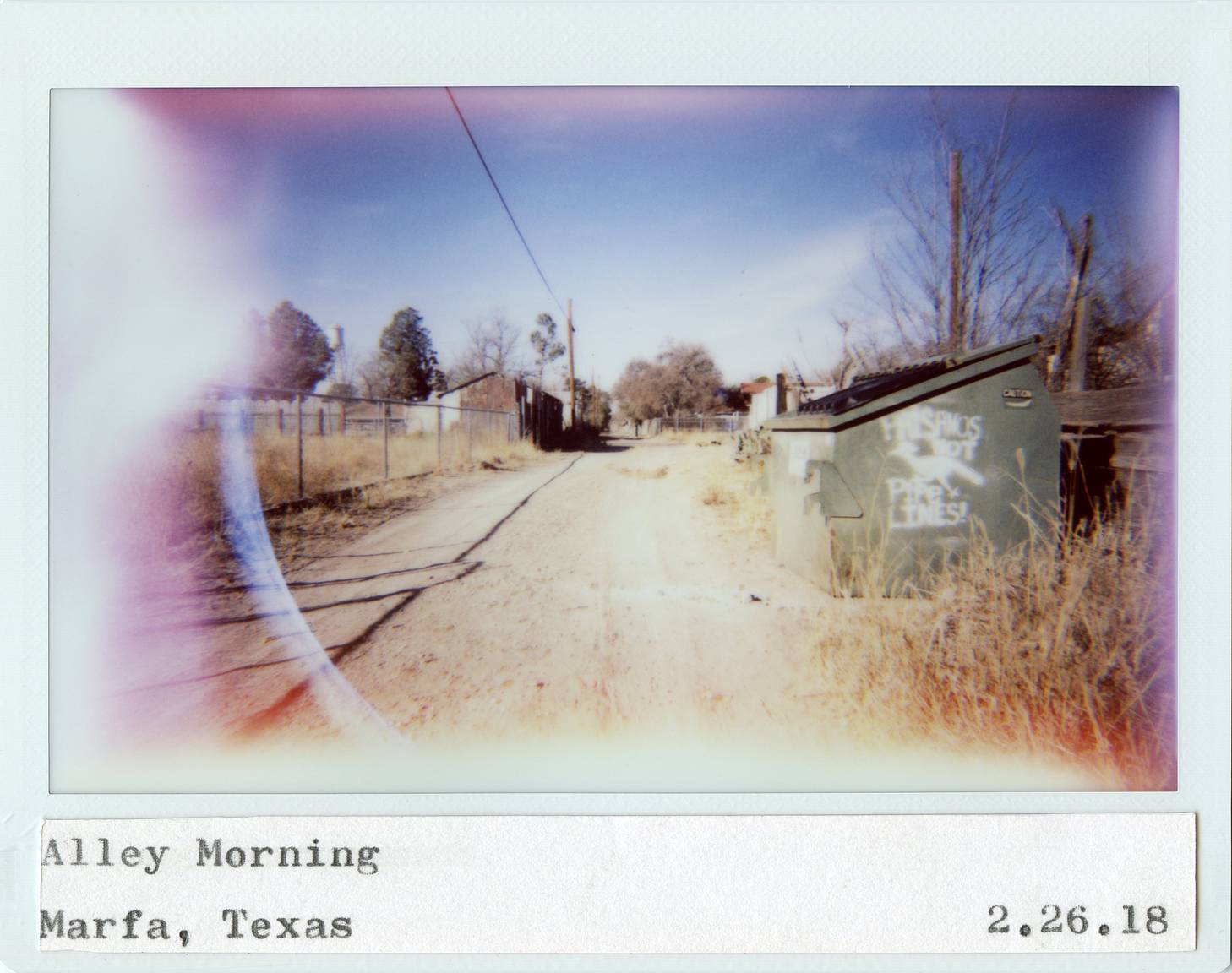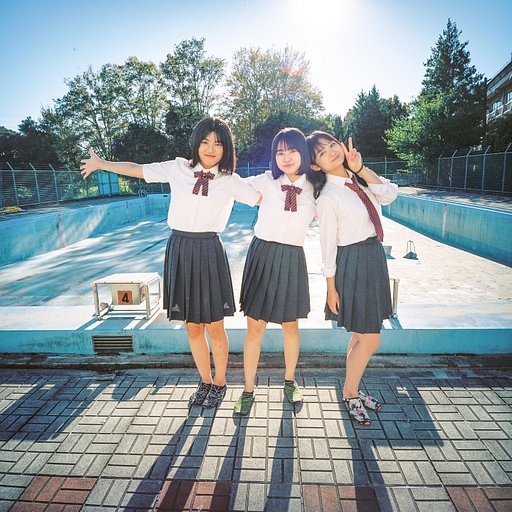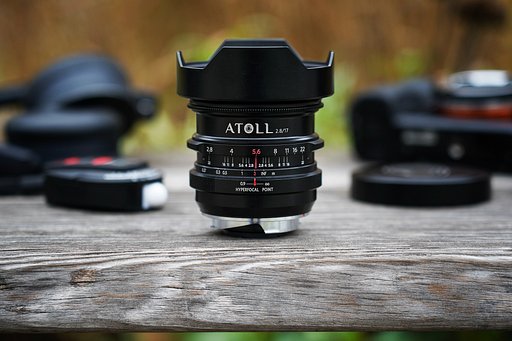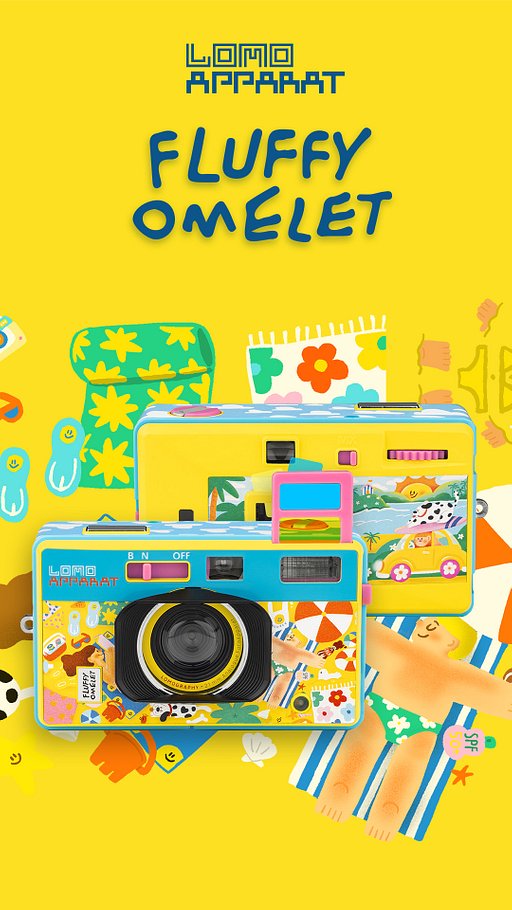To "Own" Your Photographs: What We Can Learn from Redredgray
20 Share TweetIt's one thing to take an image. Another thing to print an image. And an entirely different thing to make it your own. Film photographs are perfect items for such projects. The question now is – how do you actually 'own' a photograph? We have here our Community member Cory Marshall Spangler, a.k.a. redredgray to walk us through this concept of 'owning' our images through personalization.
What It Means to Personalize
When we meant 'ownership', we were talking beyond copyright and all First, what does it mean to personalize a photograph? We think this goes beyond simply imbuing your aesthetic for film photography. It’s more about making your pictures be more than a part of photography and be part of your reality. Your personal life. It’s about making photographs have their own purpose outside of just being visually pleasing images for our eyes to feast on. It’s to make photographs become more than just a replication of reality. To become more than Art.
Admittedly, many of us barely go beyond making photographs to mean more than just being “photographs”. We need to make something more out of our photography. To make them mean more to us. In the good spirit of creativity and the analogue lifestyle, it’s time to change that and go further.

An Example of Making Ownership
Our very own Lomographer Cory Marshall Spangler, a.k.a. redredgray has been an exemplary artist for this. A glance into his LomoHome already speaks that his photography is more than just about creating and making beautiful pictures. His instant shots with the Lomo’Instant Wide have a very distinct mark of their own — something that makes those photographs be very “Cory”. His instant photographs are always captioned with text on them, using his typewriter. For Cory, it started as a matter of happenstance when he simply wanted to organize his instant photographs, wanted to know specific times, locations and other details of the places and memories he took. He did love the clean but well-aged look of the instant film together with typewritten text, but soon it became more than just the aesthetic. Without any formal training, still, he found something very valuable in what he was doing.
“I was a totally blank mold for the process to leave its impression. The pictures began to change and evolve. I began making what I call photo poems. Context changes everything. That means: when I began having to precisely identify what I was shooting in order to have a title for it, I’d look at the subject differently, take my time with the compositions more, sometimes just sitting there and not taking its picture. Just really thinking about what I was looking at and what I wanted out of it. When you look at something visual with a textual idea in your mind it will change what you see, and how your eyes and mind move around it. That goes for the photographer, and the viewer of the photograph.”
Maybe our routines and little, distinctive quirks can benefit our artistry. His instant images now have varying meanings and layers, all going beyond the photographic and analogue aesthetic principles. Since Cory is very fond of his typewriter too, he has found interesting ways to incorporate the printed word onto images. Both media – film, and typewriter – are definitely not the most obsolete forms of writing and creating images, but they’re not new at all either. This common factor of being vintage gives us another theme. Cory has also mentioned a very interesting fact about Instax Wide prints – you can write approximately 126 characters on the bottom border of the instant film. He said:
“Another way to look at it is this. The bottom horizontal border of an Instax Wide photo print is 100 millimeters long by about 15 millimeters wide. A space of these dimensions will accommodate three rows of typewritten text at 42 characters per row. That’s a lot of potential. A lot of compositional potential. I’ve found that this blank space is part of the very picture plane, as sure as left and right. Foreground, middle ground, background, text-ground. Why not? The picture print itself is part of the picture plane. It’s like having a simultaneous intermediary plane, really; an extension of the lens beyond the frame so to speak. This discovery allowed me to approach photography from multiple dimensions at once: textual, subtextual, visual, optical, compositional … and everything about that is attractive to me.”
Now, Cory's personalized images are going to places that break the boundaries between art and reality. He's exhibiting photopoems, mixed media collage, music album artwork, and even installations. In 2018 he also published books of experimental photography with his instant photos with typewritten text. Being true to himself has opened more windows of opportunity to him. "What started as a matter of necessity and repetition opened up immense possibilities for creative documentation, exhibitions, and other ideas with time, place, text and photographs that I will be working on for years to come. It’s a lot of work - a lot of analog, manual work at that - and it has made me respect the process of it all that much more."
Opportunities make us challenge ourselves and grow, and we definitely want to see more Lomographers breaking boundaries of self-expression.
Beyond Taking Photographs, Beyond Style
How do we own our photographs? It has more to do with self-authenticity more than anything else. Right now, forget the rules, forget all the aesthetic standards being imposed by Instagram and just let yourself do anything with your pictures. Engage unique projects and experiments like film soups -- and put something that's not part of the recipe list; do a film swap and take photos of the unexpected -- surprise them; self-publish your photographs and add stories into them, making them look like a storybook. Cory has been particularly fond of fellow Lomographer AGITATE, a.k.a. agitate-pictures who started their own print magazine about documenting results and getting in touch with others of same interests and then trade in publications.
"Build a network outside and beyond the burnt-over districts of the internet. Get good. Push back against the psychic damage done to you by the digital world. DIY and by any means necessary!"
Lastly, Cory believes that avoiding starting analogue photography by creating a style will help the photographer further to take their images to another level. Instead, people should start by trying to convey messages that say something more about you as a person -- something that you are not afraid to say. It is also important to find purpose and stick with it, as eventually, you will find more and more goals and purposes.
"If your stuff really has a style, then it can’t hide for long. Analogue photography is about preserving and pioneering the processes grounded in tangible photographic traditions. In other words, it’s about what’s real. Make something real and it will be given attention. Make something contrived, and people will see right through it in a heartbeat."
Visit Cory's Instagram for more of his one of a kind instants.
What do you think? How would you personalize your photography as a Lomographer? Let us know by sharing your thoughts in the comments section below.
2020-04-12 #文化 #instant-photography #lomo-instant-wide #cory-marshall-spangler cielsan の記事































コメントはまだありません